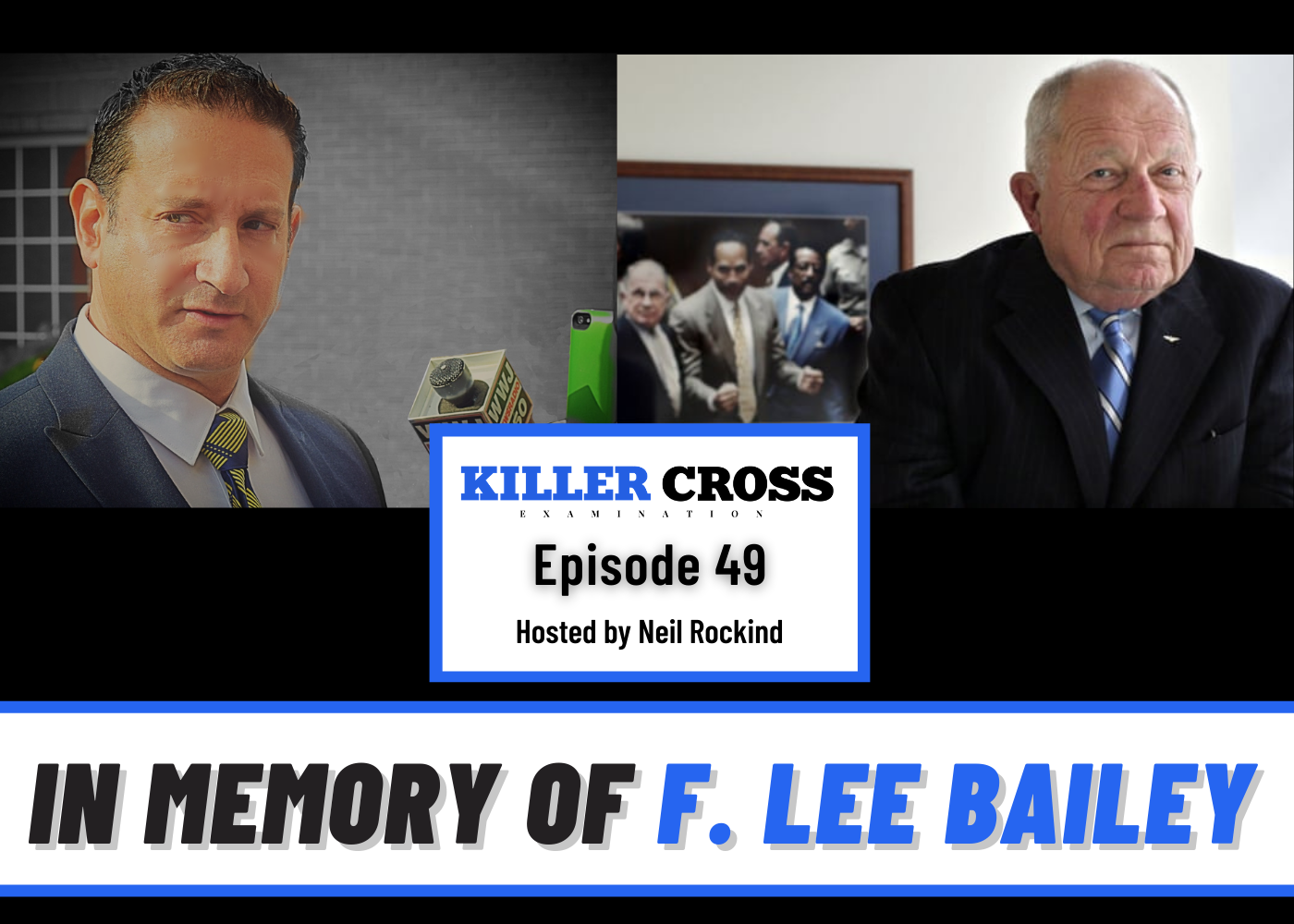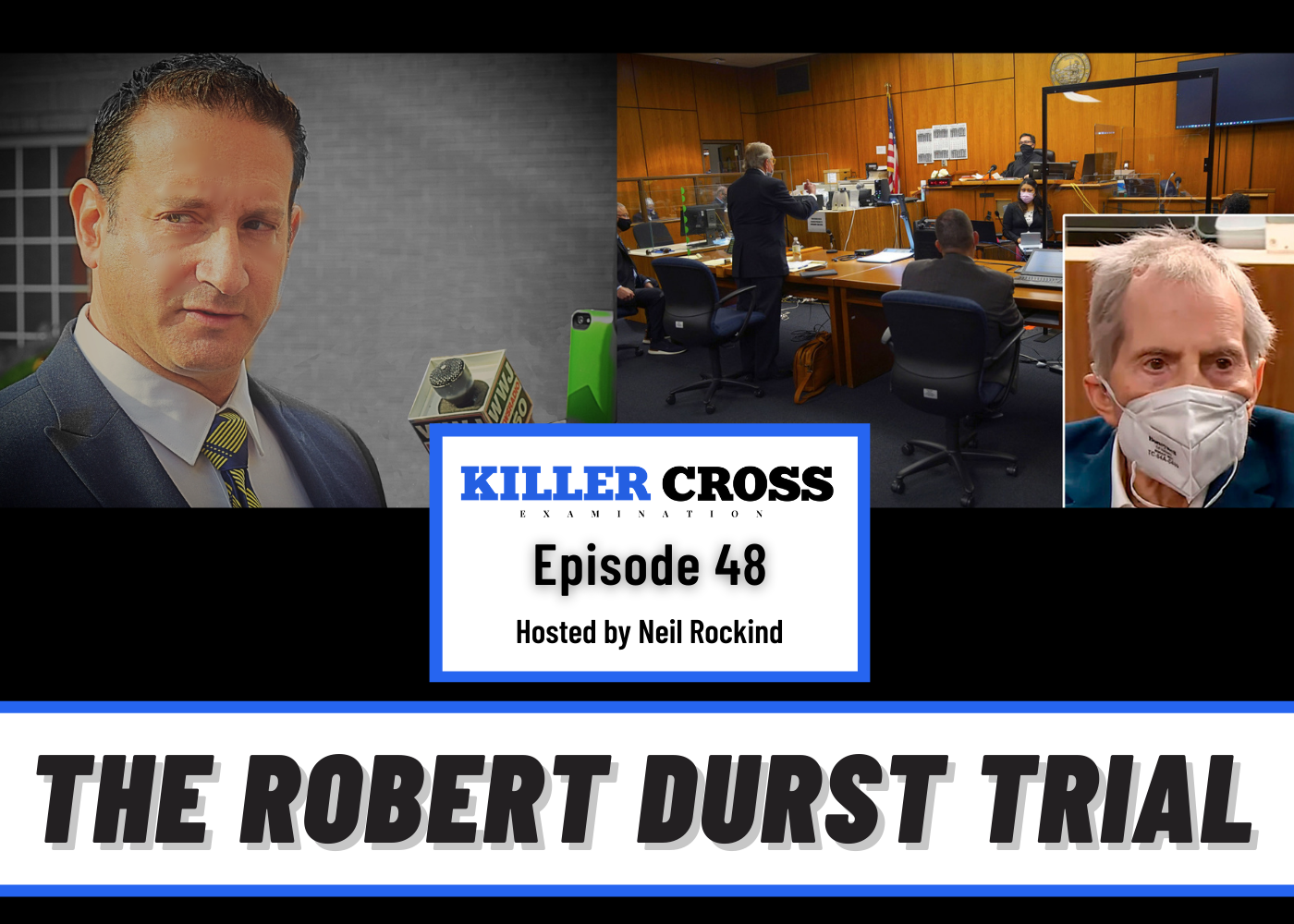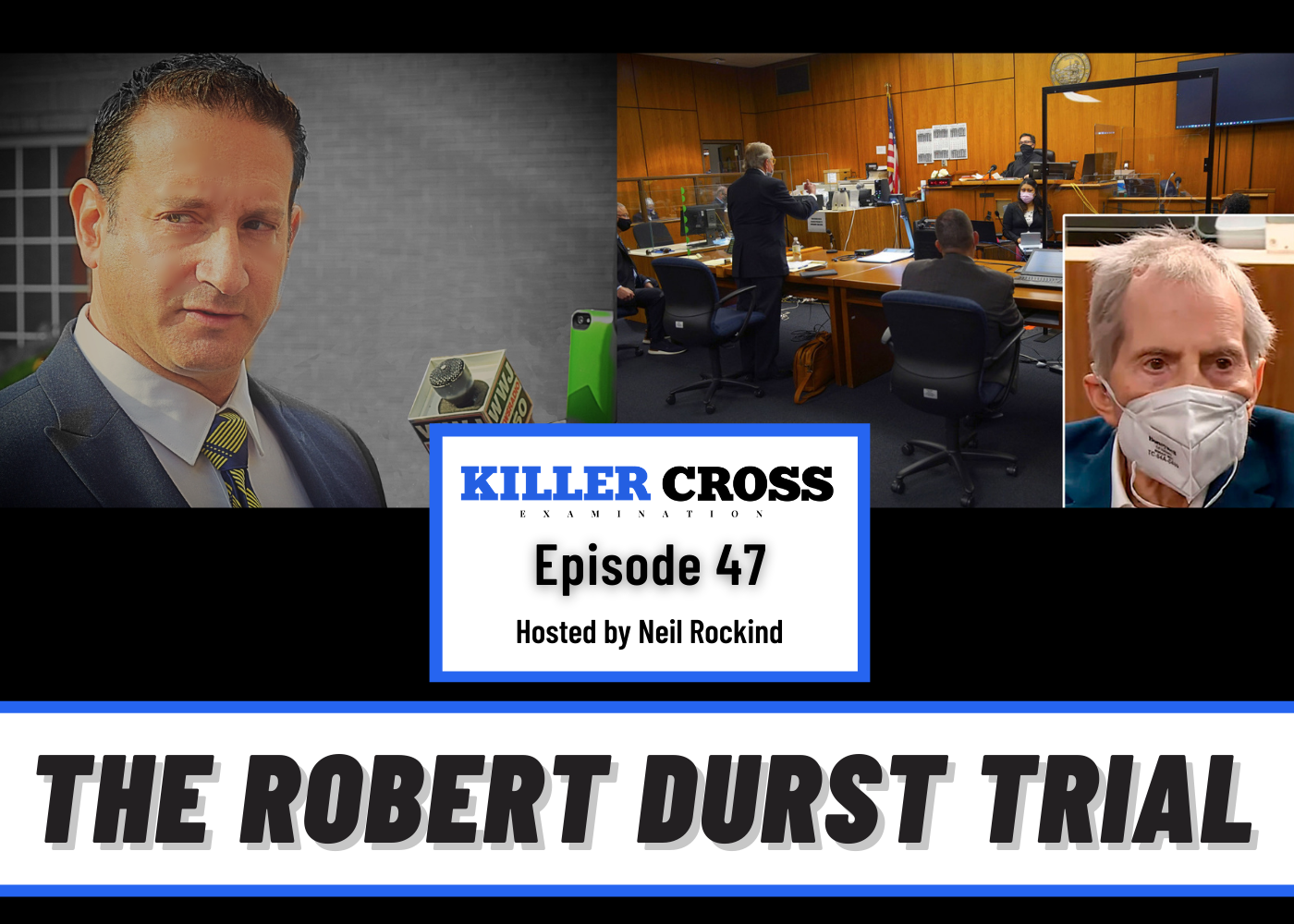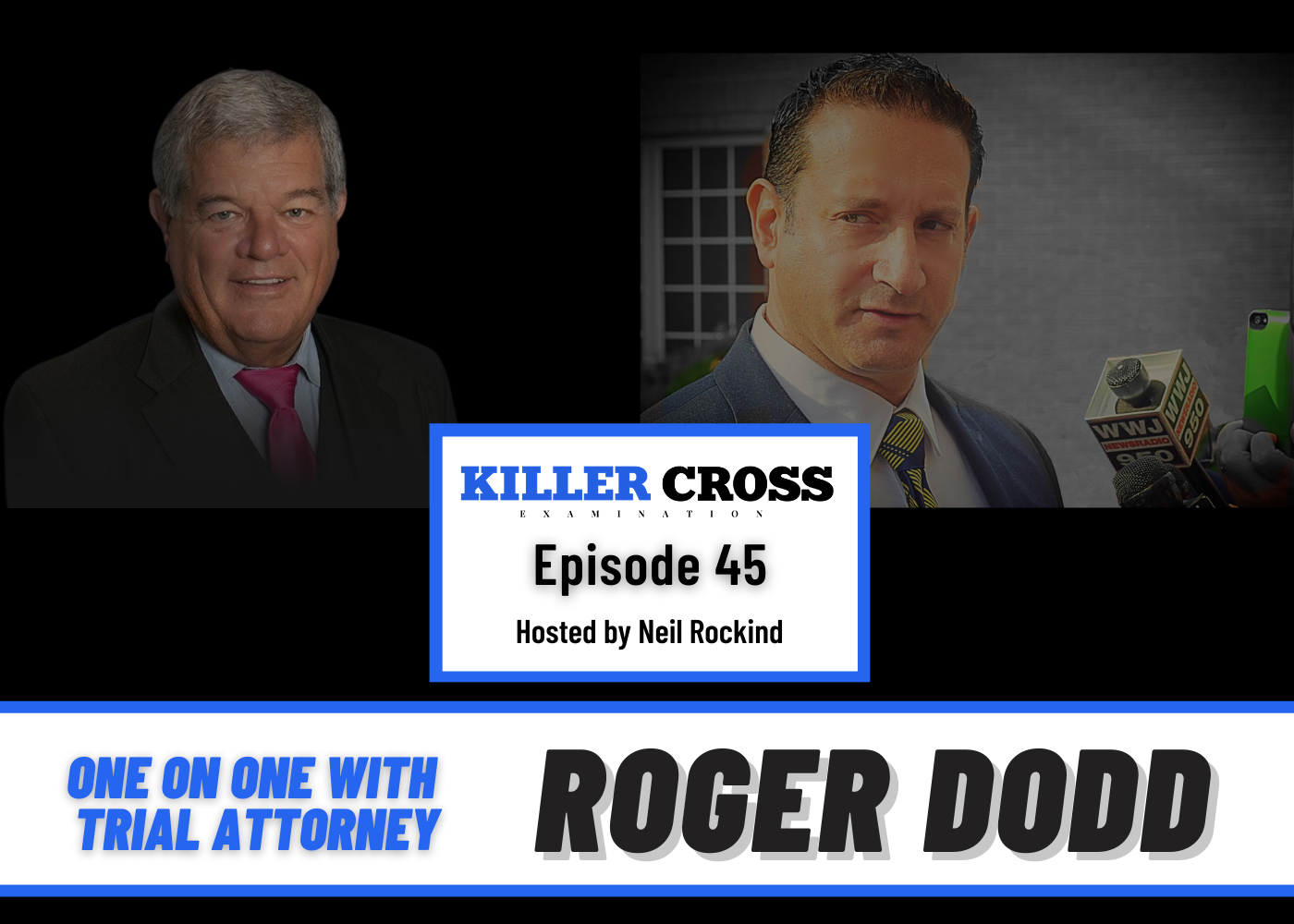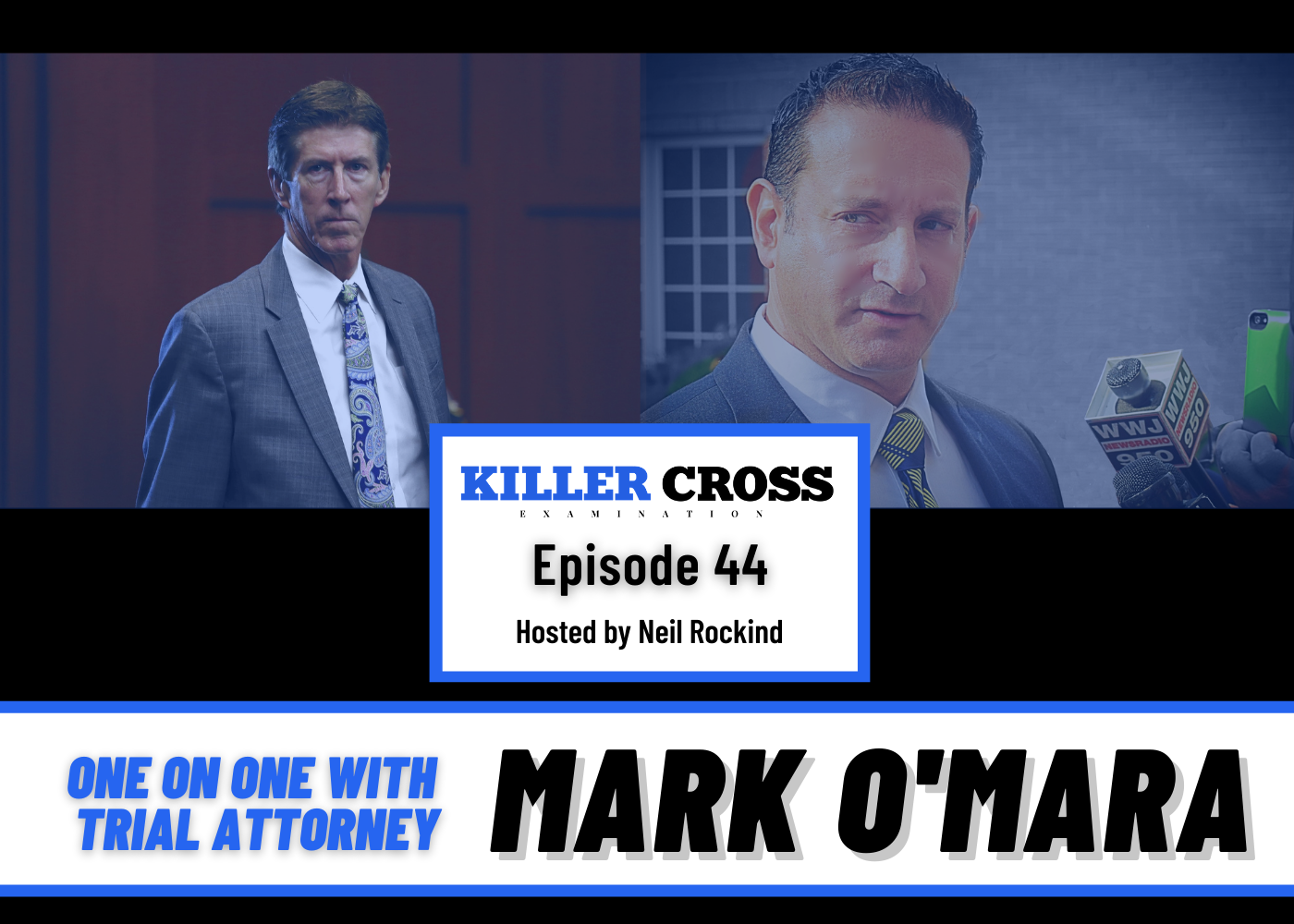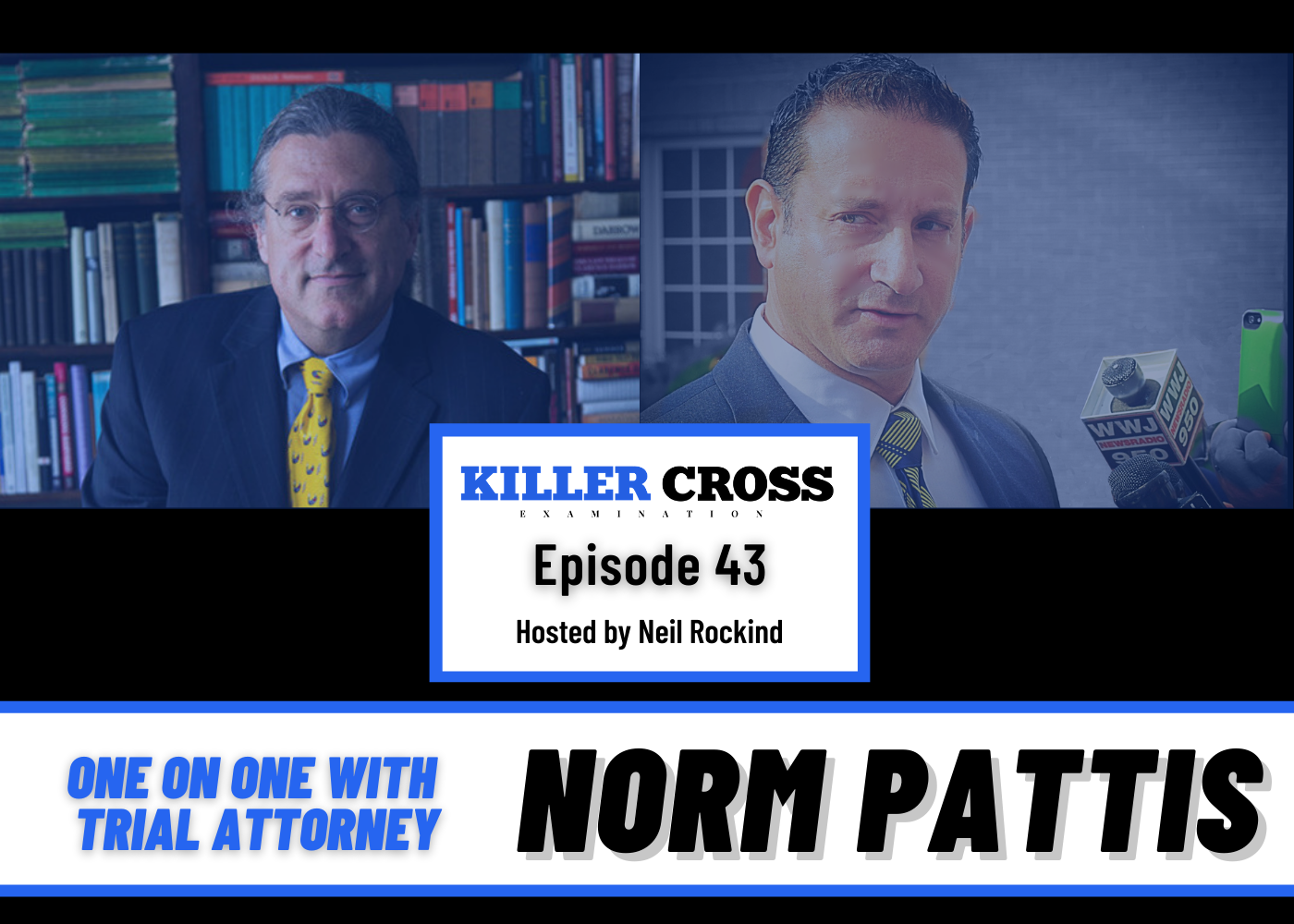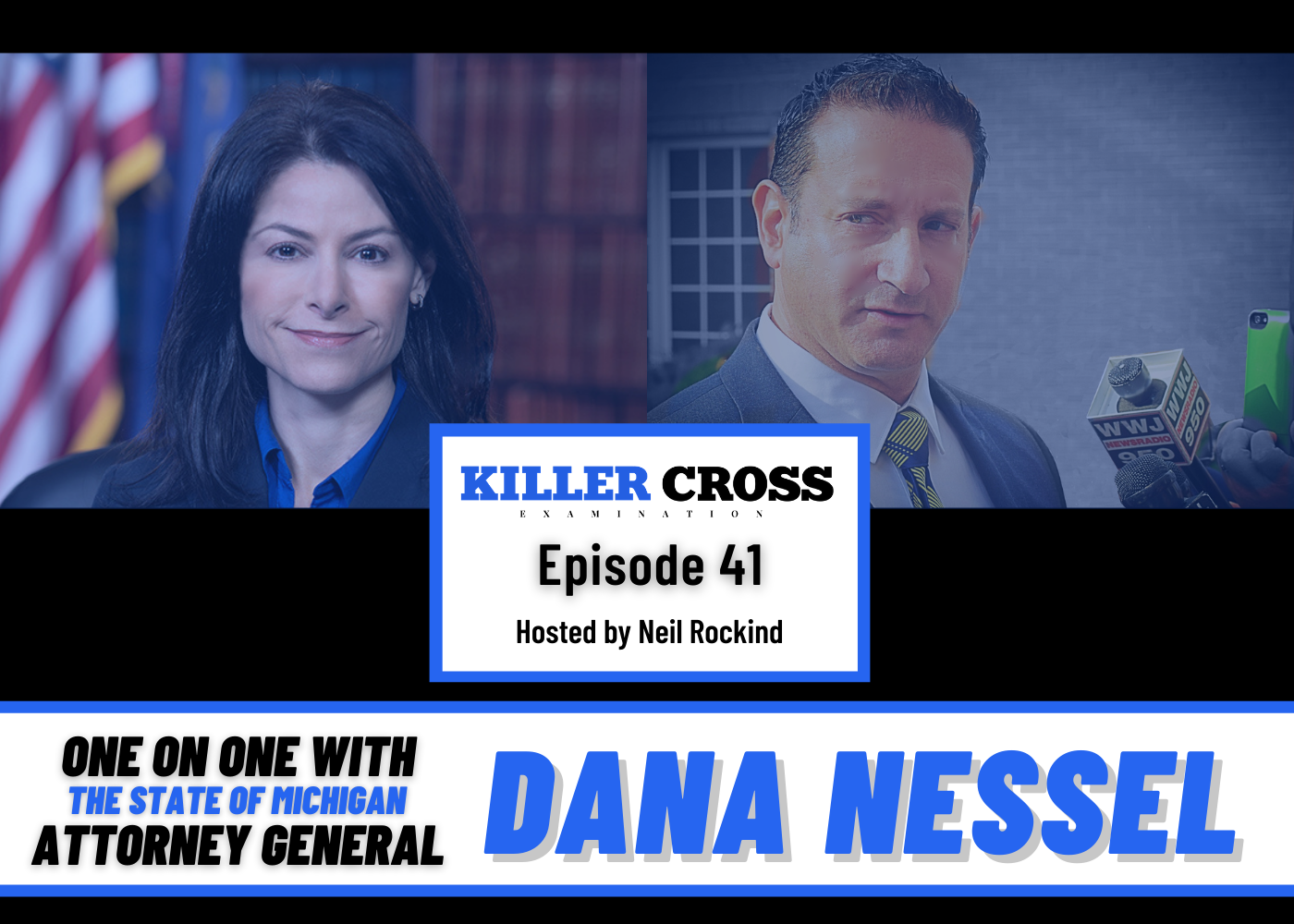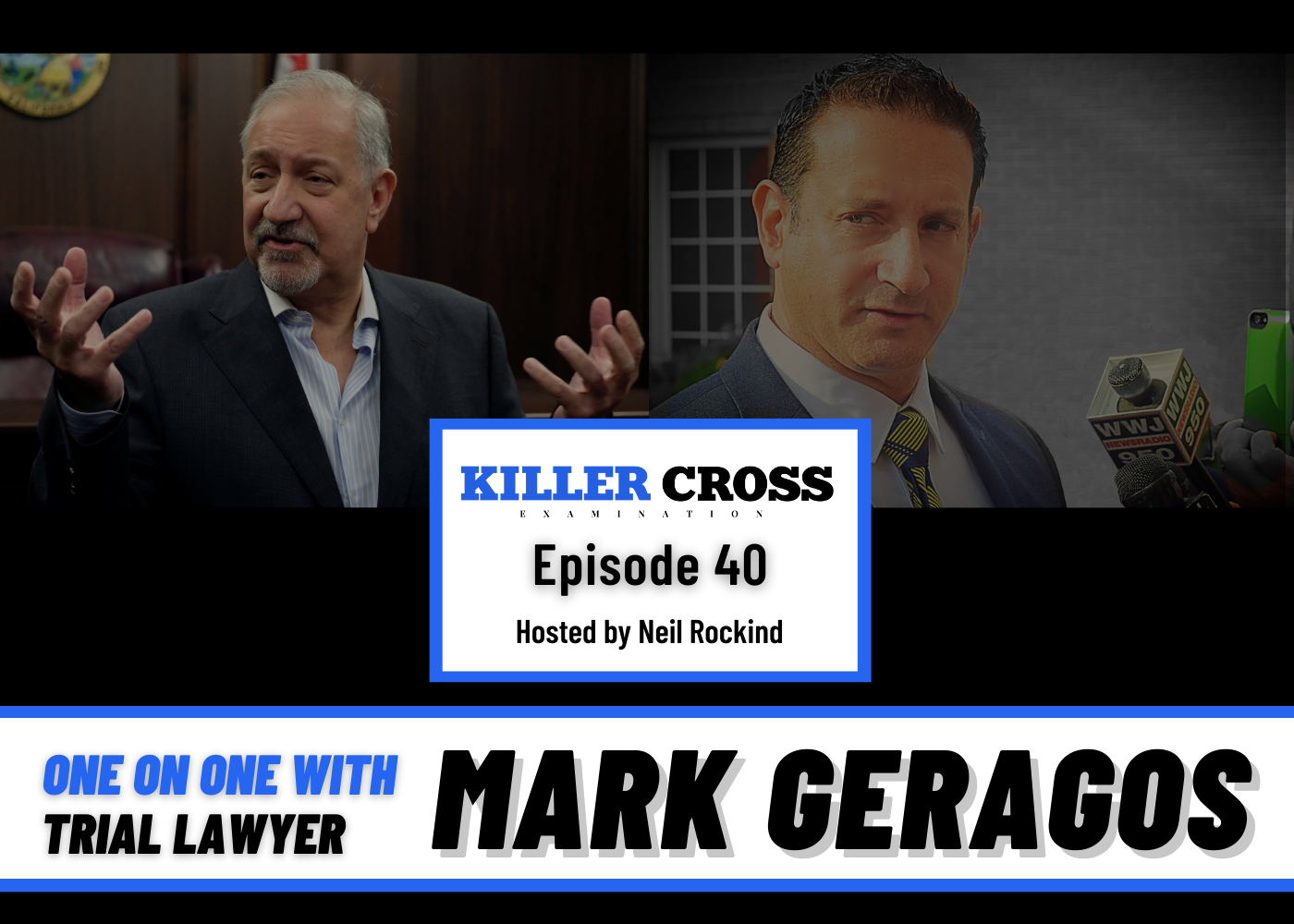I was fascinated with his career, his swagger and combative style for as long as I can remember. How couldn’t I be? He dropped out of law school but yet still became a lawyer and among his first cases was the appeal, defense and acquittal of Dr. Sam Shepard, the doctor who was wrongly convicted of killing his wife whose story was the loose basis for the movie, The Fugitive. From early on, F. Lee Bailey, walked with a heavy foot leaving an impression in the legal system and society beyond. This last week, Bailey passed away at the age of 87. Despite a career that includes participation in some of the most important, notorious and high profile cases in the 20th Century, Bailey is still, in my opinion, not given his due. He took on the defense of Patricia Hearst and never wrote a book about it because he was asked not to do so. No case was too unpopular nor controversial for Bailey, who took on the defenses of the Boston Strangler, Sam Shepard, Curtis LeMay in the My Lai massacre, Hearst and OJ Simpson to name just a few. Despite all of his books, successes, victories, notoriety, innovations, etc., he has still not been identified or selected for the various Trial Lawyer/Criminal Defense Lawyer Hall of Fame honors that others with fewer accomplishments apparently received years earlier. This is an honor that should have been bestowed upon him earlier in life, may now only be bestowed upon him and his memory posthumously.
i have no interest in litigating his strengths or weaknesses here. But I’ll just say that if he was on your side, he was as he was proud to say so and stay there forever. If he was against you, well, he wasn’t afraid to say so. These are admirable qualities in any age but particularly so today. I write about him, in a eulogy of sorts, I do so because many of younger peers and younger generations do not recognize his name or the shadow he cast as a young lawyer or in his career. They may and I mean know him from Simpson trial and the now well-known cross examination of the Mark Fuhrman. Few know much him about before that which in my opinion is sad. Before social media, e.g., Tik ToK, Instagram, Facebook, etc. made self-promotion and advertising a thing, one had to earn the attention of the media, admiration and “following” of the public and respect of the general public. One had to actually do something – win cases, chart a new course, be innovative, etc. Bailey did all of that and was all of that. He was a household name not because of advertising or a marketing campaign but because he put himself front and center in controversy.
Please be aware we are relying on impressions, recollections, memories and interpretations.

